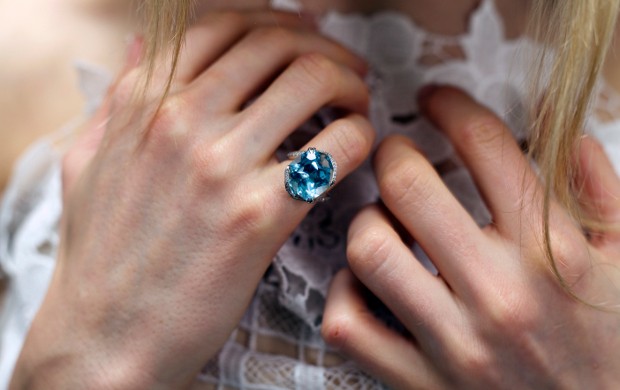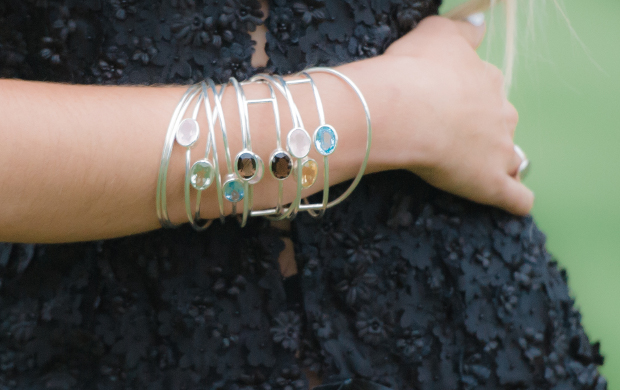Diamonds are forever… but are they for everyone? Gone are the days where you would walk down Bond Street or its European equivalent and see jewellery displays frosted only with diamonds. Coloured gemstones have blossomed and bloomed in every cabinet, window, finger, wrist and throat! We all love a little colour, especially if the majority of our time is spent in London, not that we aren’t fond of our good old English weather. But, of course, it isn’t the rain we should thank for these particular blooms…
Coloured stones have been incredibly popular throughout history. Each colour has held special significance, varying from culture to culture. But it goes without saying that ancient and modern consumers alike have been enchanted by the visual thrill of rubies, emeralds, chalcedony, amethyst, etc. The heart has always said “yes”, but in the final decades of the 1900s, the head began saying “no”. A series of exposés were broadcast in the 1990s knocking jewellers for not disclosing treatments such as oiling and filling. These methods of enhancement are traditional and accepted but this miscommunication cast a dark shadow over the coloured gemstone industry.
Investors and consumers alike turned to diamonds, and not only because advertising campaigns told them so. De Beers had developed a set of criteria for evaluating diamonds to support the notion that the stones had intrinsic, objective value. This system is known as the four Cs: carat, cut, colour, clarity. Diamonds aren’t difficult to love, but this structure made them easy to trust, regulating their price, supply and quality across the globe. You don’t need to see a diamond before you buy to know what you’re getting. But coloured gemstones are an entirely different matter.
Coloured gemstones have never enjoyed such a globalised market, as they have been mined by smaller, independent outfits. You could never be certain when you would find a stone to match another, and if you did hear of one on the grapevine, you’d have to put the two alongside each other to be sure of the pair. No universal grading system also meant that consumer confidence in stone quality depended on the relationship between jeweller and customer.
Another obstacle to coloured-gemstone world domination is simple superstition. Opals are successful in Europe, America and Asia but unlucky in Brazil. Tourmalines are in high demand in Asia, but this admiration does not translate to the Americas.
Superstitions persist, but it is no longer taboo to speak about gem enhancements and a structure has developed to support global gem trade. But, most importantly, “keeping up with the Joneses” is no longer in vogue—we want our jewellery with more character!
We at Augustine Jewels work with a whole spectrum of coloured gemstones, from pink sapphires to yellow citrines. Although we acknowledge that artificial stones have a place in the jewellery industry, we only work with high quality natural gemstones, as we know that our clients appreciate looking into a stone through a loupe and seeing nature’s tiny garden of feathers and inclusions. Why not visit our Flagship Boutique in Notting Hill and have a little look for yourself?










